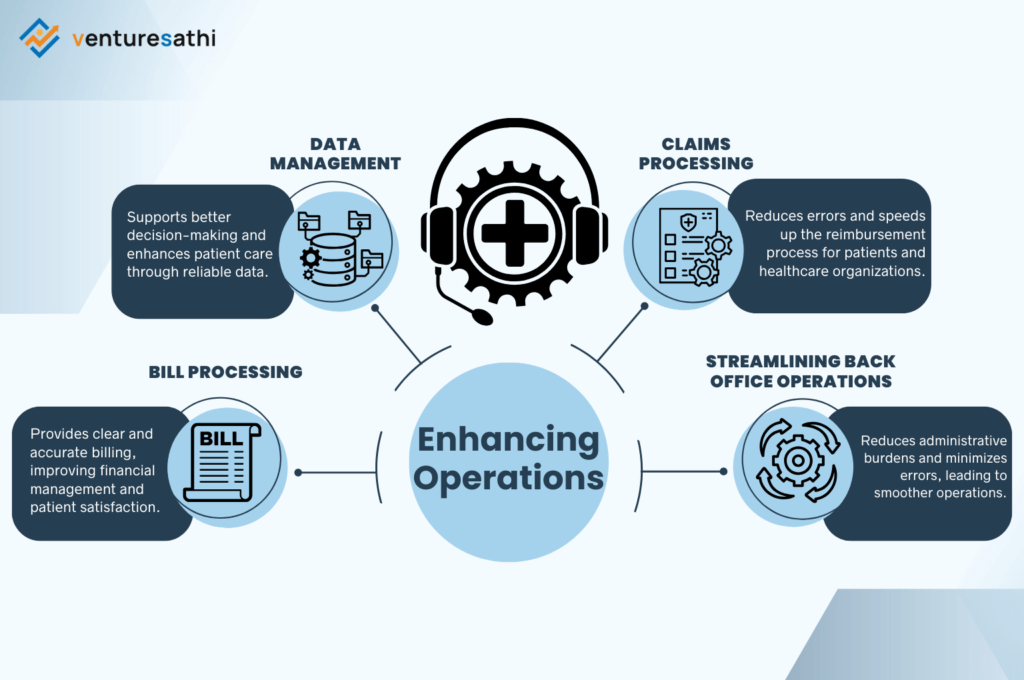
Earlier, a typical work day looked like this- long working hours that sometimes exceeded 12 hrs, putting your personal needs on hold to meet the deadlines to climb the corporate ladder and still getting bashed by the boss at the end of the day, and doing this 6 times a week, with absolutely no way out except quitting. Fast forward 5 years, the pandemic has resulted in the following changes-
- Employee well-being– The pre-covid work culture scenario included stress, burnout, and dissatisfaction among employees. In some industries, such as finance or IT, employees often had to work long hours and be on call 24/7, which made it difficult to maintain a healthy work-life balance. However, the pandemic highlighted the importance of employee well-being. Companies have started to understand that a healthy, and well-rested workforce is a productive workforce, and so, are implementing employee wellness programs to keep the morals of employees high.
- Flexible work arrangements– COVID-19 has also heightened the need for flexible employment arrangements. Companies have had to become more adaptable to individual needs as many employees juggle a job, childcare duties, and personal/social life. Flexible scheduling, reduced workweeks, and job sharing are examples of flexible work arrangements that allow employees to better combine work and personal duties. The 4-day work week is gaining new support across the world. From UAE to New Zealand, companies across these are adopting 4 4-day work week.
- Hybrid working– COVID-19 has resulted in the establishment of a hybrid work model that incorporates elements of both in-person and remote employment. Several businesses are implementing a flexible work schedule in which workers can work from home or come into the office. With many people living in cities and working in different parts of the city, commuting to work could be a frustrating and time-consuming experience, leading to fatigue and frustration. This concept enables employees to save time, petrol, and energy, while still offering possibilities for in-person collaboration and social engagement.
- Use of technology– Since COVID resulted in the lack of physical availability of the workforce, both the employees and managers had to learn to use technology to maintain the workflow. Companies started using video conferencing software, collaboration tools, and other digital platforms to keep their teams connected and productive while working remotely. COVID accelerated the technological advancement that was anyway taking place prior to the pandemic.
- Gig working– While many businesses were shutting down during the pandemic, individuals found a way to leverage their skills, without them being tied to a particular firm. They started selling their services (aka gigs) on certain platforms and charging customers directly for them. This is called freelancing. The gig economy is also growing in India, with more people turning to freelance and contract work as a way to supplement or replace traditional employment. This has led to a rise in platforms such as Ola, Uber, and Zomato. This model allows individuals to work on their own schedule and earn money on the side.
- Increased opportunities– The pandemic brought in a plethora of opportunities for people to utilize their time, and think of creative ways to earn money. It has created new demands which generated new markets consequently that earlier didn’t even exist. With so much innovation going around, and the boost of the start-up industry, people no longer have to work in a bad work-culture firm since there are a lot many options now. This also allows employers to keep a check on their behavior toward the employees.
With the long-lasting positive impact of the pandemic on the current work culture being discussed, there is one major negative impact that is being witnessed globally- Mass Layoffs.
Layoffs are never desirable, yet sometimes it’s the only viable option that a company can see to stay afloat. In the post-COVID period of slow economic growth as a result of the death of several industries like retail and hospitality, battling inflation with high interest rates, and a fear of possible recession next year, companies are struggling to maintain their revenue flow let alone reach their profitability targets. In such situations, companies decide to cut costs which unfortunately leads to reducing the workforce. The major industries resorting to this the most are the Tech Giants like- Google (12,000 employees), Microsoft (10,000), Amazon (18,000), and META (11,000).
Although there are multiple reasons for the ongoing layoffs depending on the industry, such as Regulatory changes, outsourcing, technological advancements like AI, and restructuring and merging, it is important to note that COVID-19 is a major contributing factor. It has caused significant economic disruption and led to a range of challenges for businesses and workers alike. Overall, the trend towards remote and hybrid work in India is expected to continue in 2023, as businesses recognize the benefits of these work arrangements. Companies must, however, ensure that they make the best use of the resources available at their disposal, and the most important resource of all HUMAN RESOURCE.
We, at Venturesathi, use the best HR practices available to ensure that we can provide YOU with the best of our services and top-notch work quality that would not only boost your growth but get you ahead in the game.


